There is a little-known variation to the GAPS intro diet that is endorsed by Dr. Natasha herself and thousands of people have been finding success with. That is the No Plant version of the GAPS Diet. It is just as it sounds, only animal foods are consumed, and it is a successful method of healing for tough cases.
The no-plant version of the GAPS diet is beneficial for people who are having a harder time than most fixing their digestive system. It is a modified version of stage 1 GAPS, where you only eat well-boiled veggies and meats.
If plants are the issue, many people can progress past well-boiled meats and include fermented dairy, eggs, and use other methods of cooking meat.
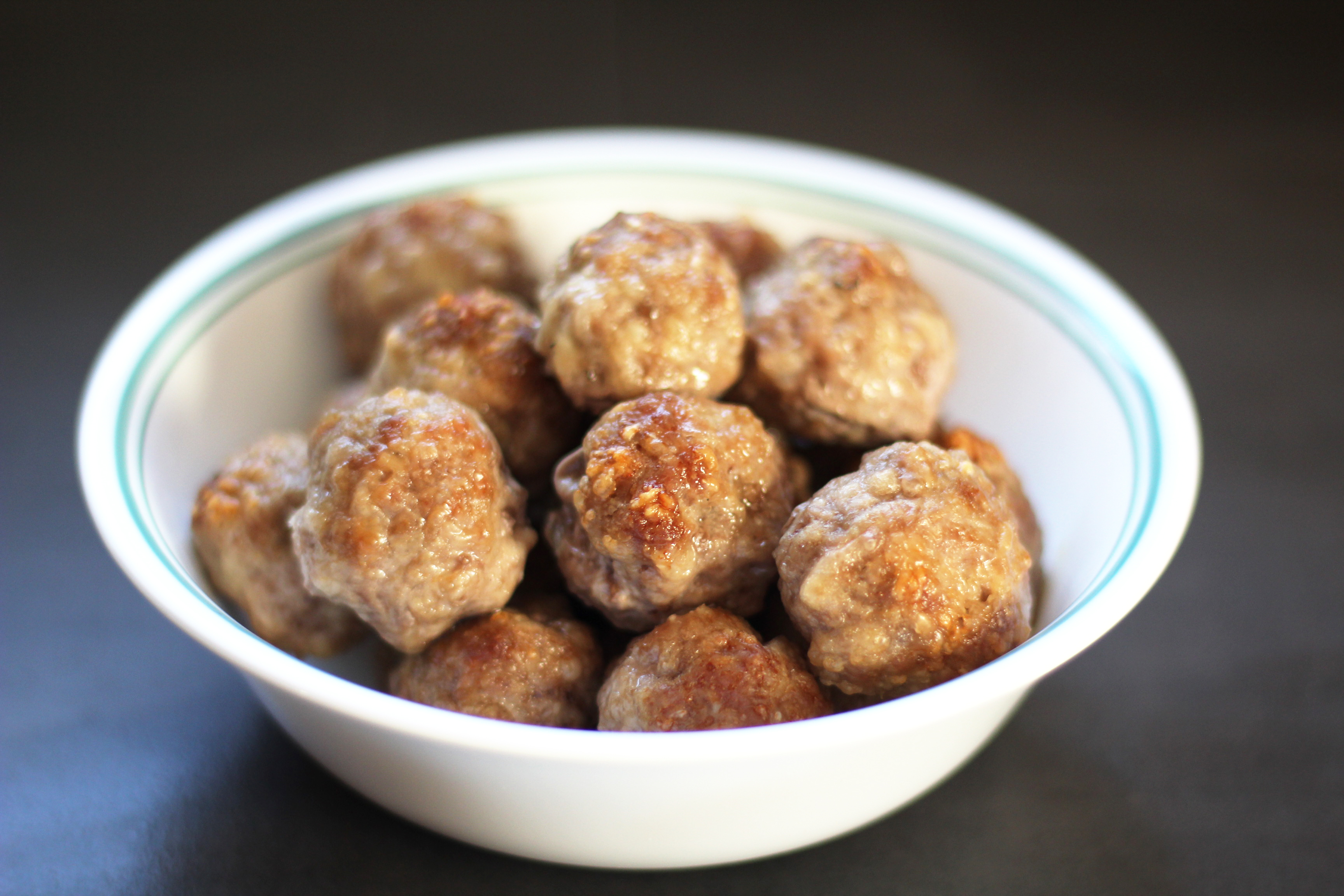
Parmesan Pork Meatballs are broiled and then baked, so not typically included on Intro but can be included in No Plant GAPS if tolerated.
Dr. Natasha speaks about No Plant GAPS
In Vegetarianism Explained and on her website Dr. Natasha Campbell-McBride talks about her ‘no plant GAPS’ version,
Many people would be surprised to hear that human beings can live exclusively on animal foods. In my clinic I have patients who live entirely on animal food with great results, both children and adults. Patients with ulcerative colitis, Crohn’s disease and severe mental illness do very well on a No-Plant GAPS Diet: not a leaf, not a speck of anything from the plant kingdom is consumed. These people live on meats, including organ meats, animal fats, meat stock and bone broth, fish (including shell fish and molluscs), fish stock, fresh eggs and fermented raw diary – kefir, sour cream, ghee, butter, cheese and yoghurt.
In some severe cases of ulcerative colitis and Crohn’s disease this is the only diet that allows them to be well, to stop all medication, to reach their normal body weight, to remove all digestive symptoms and to function to their full capacity. In severe cases of bipolar disorder, schizophrenia and other psychiatric conditions this diet can be a saviour.
No Plant GAPS Principals
The GAPS diet consists of healing principals. Foods that are nutrient dense and easy to digest are prioritized. Broth at every meal is essential due to its ability to be easily absorbed and the contents, which are perfect for rebuilding the gut lining.
Environmental exposures are reduced by encouraging lots of fresh air, choosing natural mattresses and clothing, and filtering water.
When to try No Plant GAPS
In my GAPS Intro Ebook, What Can I Eat Now? 30 Days on the GAPS Intro Diet, I briefly mention No Plant GAPS in the troubleshooting section in Stage 1, page 39. If you have done GAPS Intro Stage 1 for 3 days and still are experiencing diarrhea or significant mental health issues, it is recommended to do 3-5 days of all meat and meat broth and salt and see how that feels.
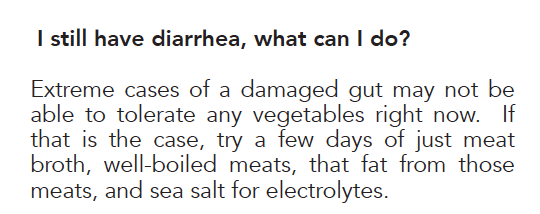
What kind of meat is recommended for All Meat GAPS?
Ruminants (beef, lamb, large game meat if you have it) are best for eating, and chicken stock is still prized for all the gelatinous bits that dissolve into the stock. Ruminants have a long digestive tract and are very efficient at turning plants into meat. Red meat (from ruminants) is more nutrient dense than white meat, and it is more calorie dense – something that many GAPS people desperately need.
Chicken stock is a prized gut-healing food, and if chicken is tolerated it is recommended. Beef stock, made with marrow and connective tissue and meat around the bone is good as well.
- GAPS Intro Stage 1 Chicken Broth
- Comparing Ways to Make Beef Stock: Instant Pot, Slow Cooker, and Stock Pot
Organ meats are highly nutrient dense and healing. Liver, heart, and other organ meats are excellent to include on no-plant GAPS.
Seafood can provide variety and micronutrients, namely iodine and omega 3 fatty acids, but is not always necessary to include.
Pork can be included, though many people prefer to avoid pork for health or religious reasons. If you want to try pork, seek out a heritage breed. You can find heritage breed pork to be delivered to your door from ButcherBox or US Wellness Meats.
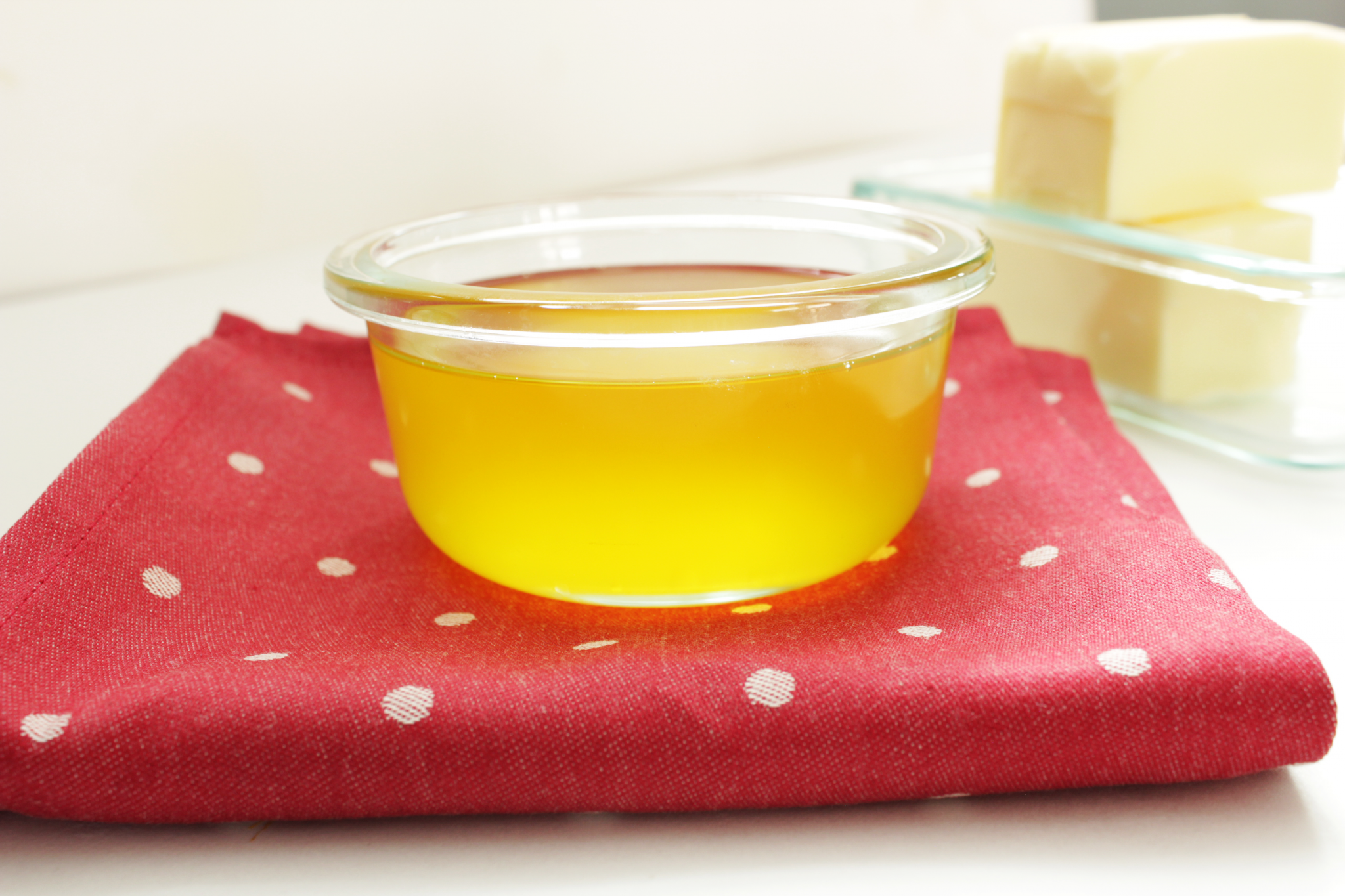
What about eggs, dairy and/or honey on no-plant GAPS?
Eggs can be introduced, again, after a time on just meat. Follow the introduction steps in GAPS Intro Stage 1 for introducing egg yolk first by stirring in soups (broth in this case) and then gradually adding in more egg yolks and then trying whites.
Dairy, in those who don’t show allergy, is a great source of calories and variety on the GAPS diet. Ghee has the milk proteins and sugars removed, and is a delicious source of healthy fat and should be introduced first.
The GAPS Diet only allows fermented dairy, because we want the lactose (milk sugar) to be used up in the fermentation process. After taking a rest from dairy and getting symptoms under control, doing a dairy trial on no-plant GAPS may go better than you suspect! See the ‘how to introduce dairy’ section in What Can I Eat Now, 30 Days on the GAPS Intro Diet.
Honey is allowed on the GAPS diet. Raw honey is recommended, and you want to be very sure your honey source is not cut with corn syrup. Honey will prevent you from getting the benefits of ketosis, which is particularly helpful for those doing the GAPS diet for mental health issues
Recommended reading:
- Is Honey Toxic When Heated?
- The Ketogenic Version of the GAPS Diet
- All About Kefir
- Is It Okay to Eat Raw Eggs?
- How to Make 24-Hour Yogurt in the Dehydrator (easy directions for SCD and GAPS)
- Homemade Ghee (Clarified Butter) for GAPS Intro

Nachos made with pork rinds, yogurt cheese, cheddar, and liver pate.
Why does No Plant GAPS work?
All plants contain anti-nutrients. These anti-nutrients (toxic elements) are designed to protect the plant seed so that it can germinate, and grow long enough to reproduce. You may have heard of some of these compounds: phytic acid, phenols, salicylates, oxalates, and more.
In a healthy body, these compounds are neutralized by the body and discarded, and the nutrition from the plants used. In a body with digestive issues, an impaired detoxification system (from overload, the MTHFR gene mutation, or detoxification organs that aren’t functioning properly) these compounds aren’t neutralized and discarded.
When these toxic compounds are left to build up in the body they can cause digestive distress, joint or widespread chronic pain, brain fog and more.
This protocol follows the same principles as the Carnivore Diet, which we outline here.
For more insight into starting No Plant GAPS, watch the video below.
Further reading:
- I want to do the GAPS Diet, where do I start?
- The GAPS Diet: Everything You Need to Know
- Easing onto GAPS Intro 5-4-3-2-1!
- When Do You Move to the Next Stage on the GAPS Introduction Diet?
- GAPS Intro Stages: For Gut Healing and Sealing
Downloads:
21 Easy and Delicious Grain-Free Meals

Curious about eating grain-free? I want to show you how easy and delicious it can be!
Try our best-selling meal plans... for free!
Just enter your information and I'll email it to you right away.


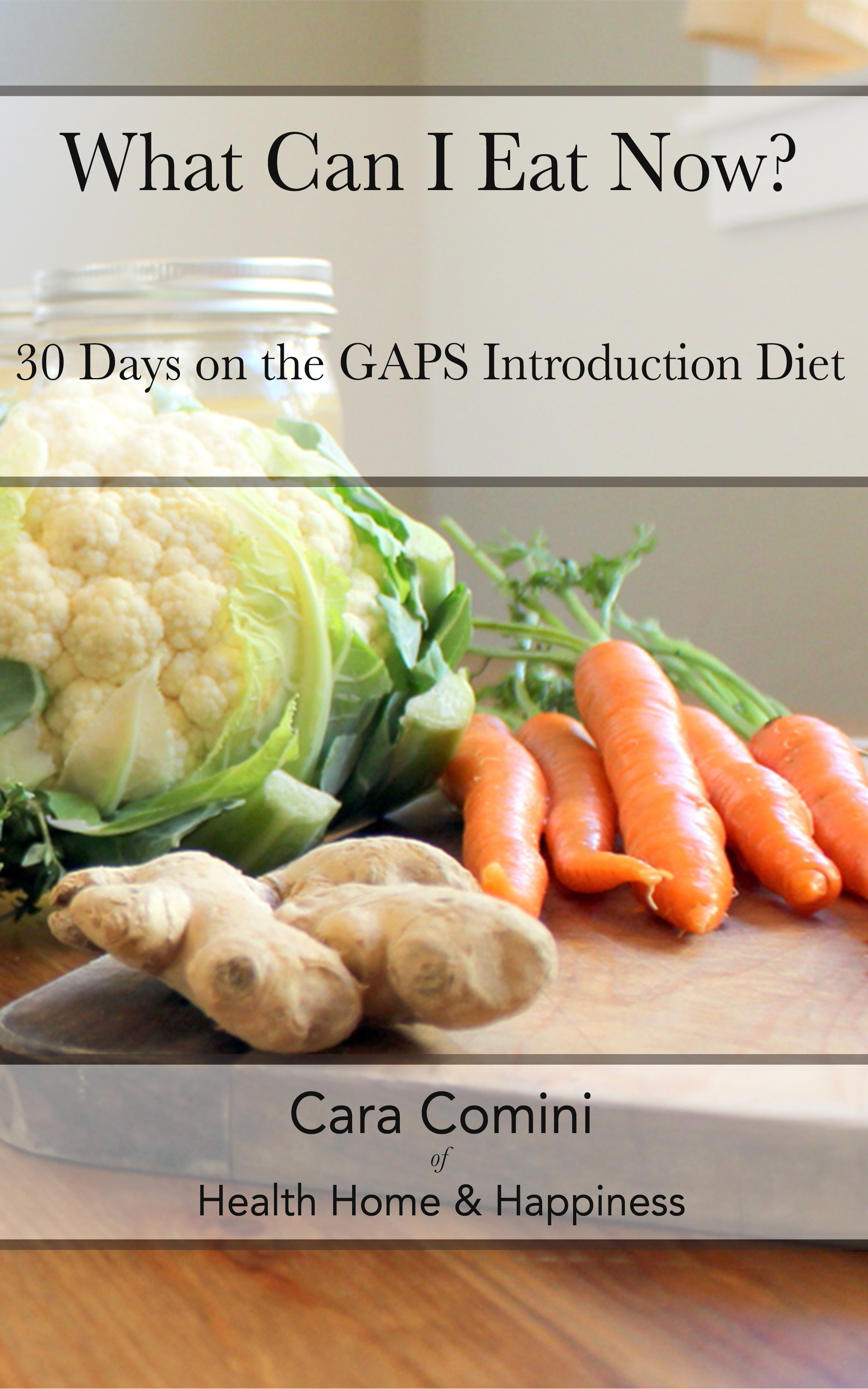
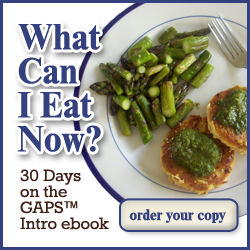
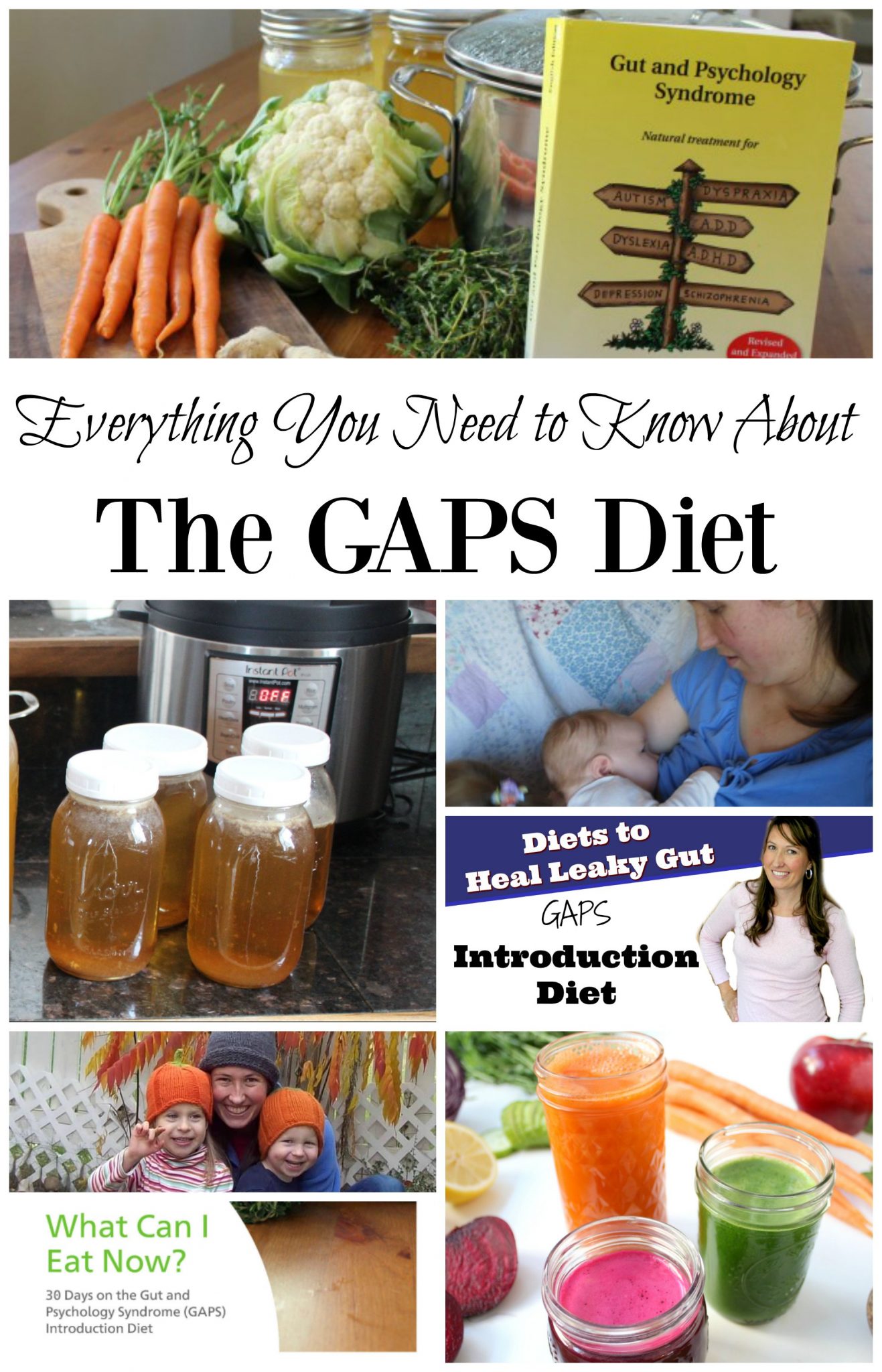
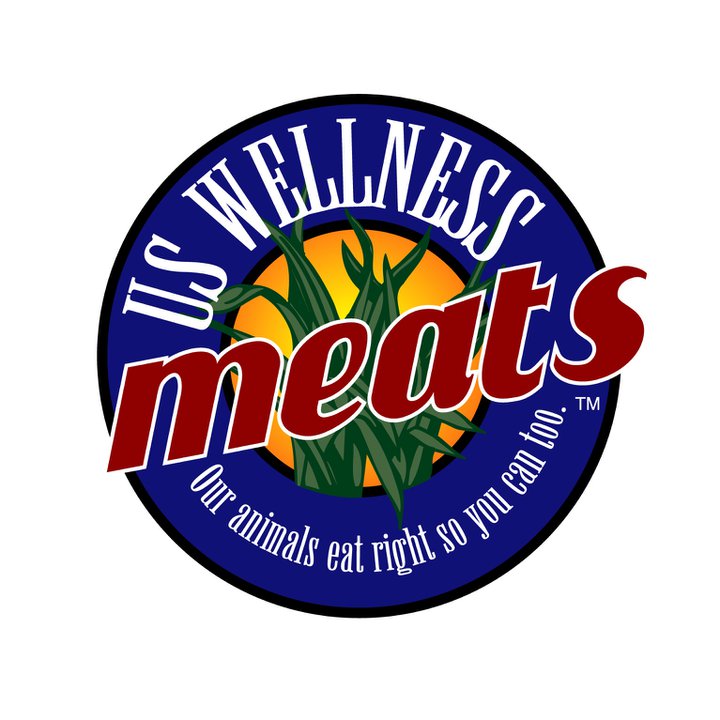
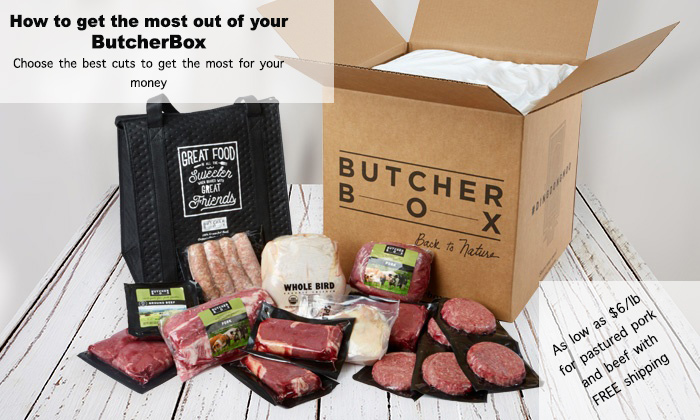
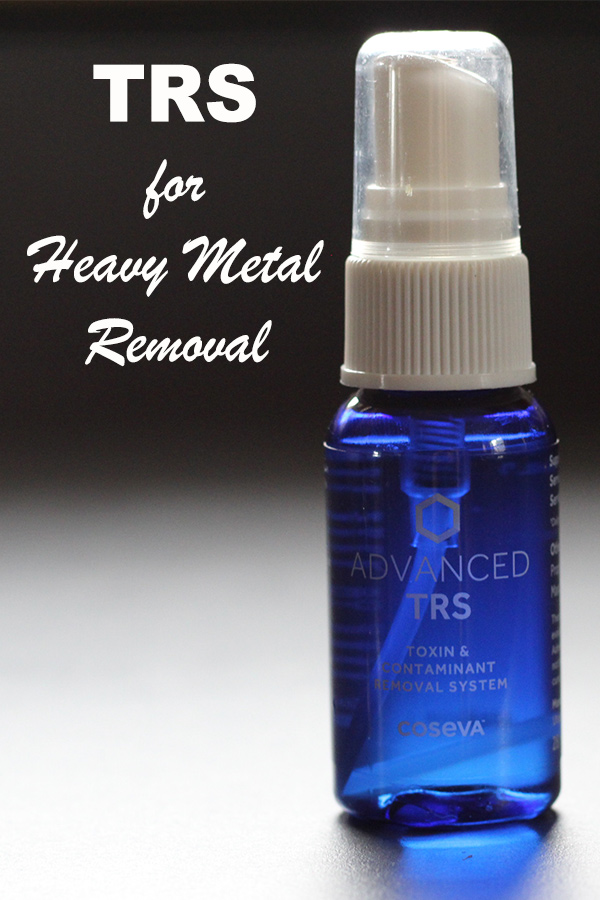

This is a great post!!! My two 3 year olds thrive on a meat only diet (plus broth and liver). I’ve been about 98 percent carnivore for 10 months and I love it!! I’m so glad your getting the word out that plants, for some of us, are problematic.
What do you do for vitamin c?
I do add lemon juice for vitamin C, but many people do just fine without it!
I’m experiencing intermittent, mild diarrhea since starting this diet (no plants)-at first it was great.
Since I backtracked from regular gaps-I’ve eaten the homemade yogurt, eggs and I don’t think they bother me so I have been consuming raw egg yolk, stock, and yogurt, meat each meal.
Is this die off? I don’t know how to distinguish die off from other symptoms.
Does the writer ever respond to anyone?
I need help what vegetable to add merging off NO PLANT GAPS….or if anyone knows.
I’ve tried here, gaps forums, my own (newbie) gaps practitioner…no one knows.
I feel this diet is significantly under-supported and wish I hadn’t listened to my gaps practitioner and just done intro steps.
I have some experience eating carnivore therapeutically. I don’t stay on it long term because it doesn’t support my unique microbiome and digestion. I use it to starve off SIBO along with antimicrobials. When I get off of it I eat low FODMAP and low carb (almost keto) choices. This can be done on GAPS. I would consider starting the intro as it’s typically recommended but do it low carb. Move through stages as tolerated and after about a month or so add in more carbs if tolerated.
Vitamin C is found in the meats mentioned above.
Beef liver is a good source of vitamin C plus I also drink the juice of sauerkraut 15 min before the food to increase stomach acid and get a dose of vitamin C too
Beef liver is a good source of vitamin C plus I also drink the juice of sauerkraut 15 min before the food to increase stomach acid and get a dose of vitamin C too
Do you have any anecdotal experience on as to how long someone with severly leaky gut issues should be on this only meat gaps diet. I have serious food intolerances with all the veggies allowed on stage 1 and 2 and can’t have eggs or dairy either. I’ve been stage one for over a month but I kept trying to introduce veggies allowed on stage 1 and kept getting symptoms (bloating, gas, inflammation from an AI disease I have) so I’ve decided to stick to only meats for now. I know this is most likely different depending on the individual case but I would like to know more or less a time frame of how long I should eat like this. I found that I only heal when I eat only boiled meat and bone broth. I just want to know if this could possibly take a few months or years and how to know when it’s ok to move on. I’m very afraid to reintroduce vegetables and other foods since I always have a horrible reaction to new foods.
I am hearing from many people in my carnivore Facebook groups that after somewhere ranging from 1 1/2 to 4 years, they are able to tolerate plant foods again, some with total success and some choosing what to eat. Some stay off of plants entirely though. I know that myself, after about a solid year of carnivore, I am okay with the few times I have a little of some foods very infrequently, and others really don’t feel good at all. So far (since a couple of months ago) I am drinking sauerkraut brine to get probiotics that way. Good luck with this!
Just a friendly correction that GAPS Intro is not meat/bone broth, it’s meat STOCK only. I see this mistake a lot on non-certified GAPS websites and YouTube videos. It’s actually crucially important to the success of GAPS Intro, especially the “no plant” version. Broth is cooked too long for GAPS Intro, and will cause severe histamine, glutamate and other reactive issues. When already experiencing huge die-off symptoms, this can be extremely unpleasant, even overwhelming. Meat/bone broth isn’t part of GAPS until transitioning to the Full GAPS diet. What’s the difference? Stock is only cooked 1 to 3 hours. Broth is cooked longer, usually 24 hours or more. It would be great if you could correct this misinformation.
Hi! I use the names ‘broth’ and ‘stock’ interchangeably, but in my GAPS Intro books the correct prep is used :)
Hi there, I have a question. Are juicing veggies a way to get around the “anti-nutrients” of the veggies? I’m on extended stage 2 GAPS but for the most part, the only veggies I get are through the GAPS shakes as I’m otherwise not digesting them yet. I don’t seem to be having issue with them.
It’s not- it takes out the fiber but other anti-nutrients remain.
I’m starting the no plant diet shortly and I’m wondering what type of probiotics would be good if casein is problem? I’m concerned about bio kult since they are grown on milk.
Thanks